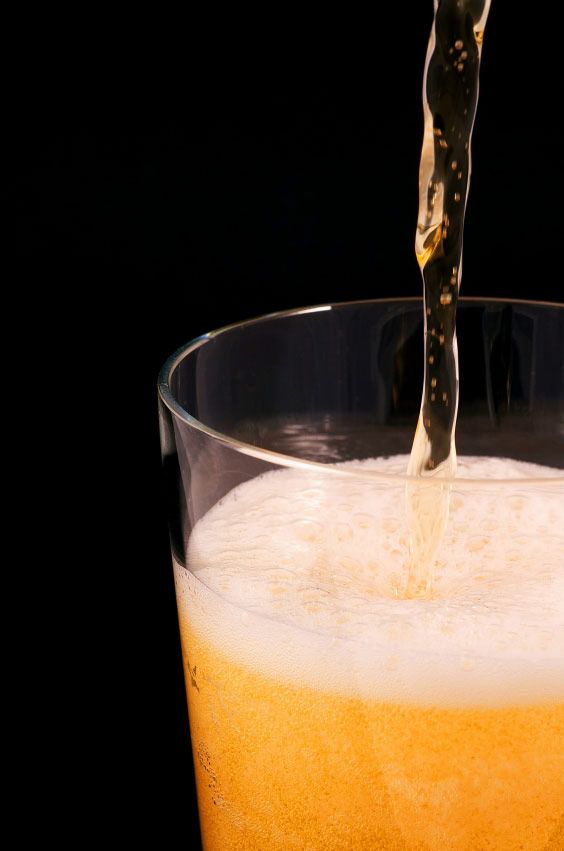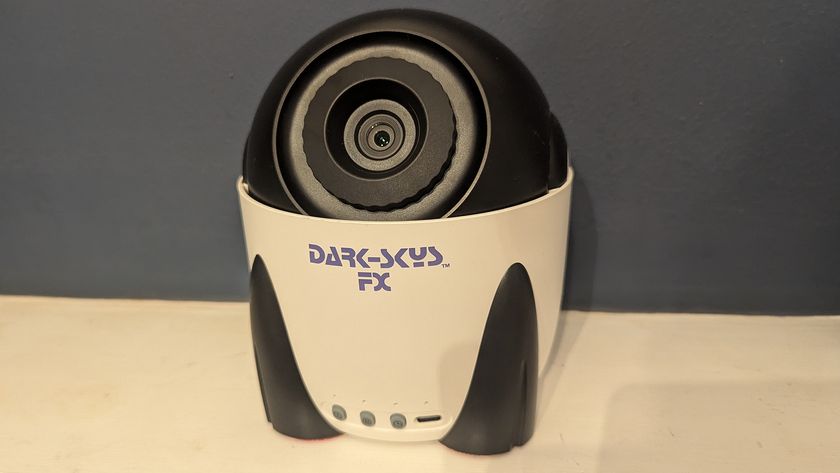Study Suggests Alcohol Ads Target Teens

The beer and spirits industries either deliberately advertise to underage children despite pledges otherwise, or they are really, really lousy at matching expensive ad time with the right demographics.
This is the conclusion of a study to be published in the October issue of American Journal of Public Health, which found a striking correlation between teenage viewership and the frequency of alcohol advertising on cable television.
The study could not prove nefarious intent. Maybe, upon reading the new study, alcohol marketers will be as red-faced as their intoxicated clientele, wasting hundreds of millions of advertising dollars on an audience they don't want to reach. That is, why advertise beer and liquor on shows that teenagers watch? You might as well advertise Omaha steak in Vegetarian Times.
Or it could be, as anyone not drunk on cheap beer could ascertain, these industries are directly marketing a product to a demographic largely too irresponsible to consume it.
Coincidentally, U.S. study in 2006 found that $23 billion is spent each year on alcohol that is consumed by underage drinkers.
The wink-wink ban
Broadcast television long maintained a voluntary ban on advertising spirits. This lasted even after the Distilled Spirits Council of the United States in 1996 ended its 60-year voluntary policy not to air TV and radio liquor ads. But broadcast television changed its tune this year, as CBS ran an Absolute Vodka ad during the Grammys in February.
Sign up for the Live Science daily newsletter now
Get the world’s most fascinating discoveries delivered straight to your inbox.
Pressure abounds as alcohol advertisement dollars remain a reliable source of revenue for television in these dark economic times. And cable television, the Wild West of advertising, sucks them up. Back in the 1990s, MTV, with its audience almost entirely under age 21, was rife with beer and liquor ads.
According to the Center on Alcohol Marketing and Youth, which participated in this latest study, from 2001 to 2006 alcohol advertisements increased by 176 percent and expenditures increased by 137 percent, from $157 million to $372 million. Cable is home to 95 percent of all alcohol advertisements on national television networks.
Advocacy groups have complained about ads seemingly directed at underage drinkers. At issue is the high percentage of alcohol abuse among teenagers and its relationship with violence, injury and unintended sex and pregnancy. Studies have found one-third of 12th graders report recent binge drinking.
In 2003, the beer and spirits industries strengthened voluntary guidelines, withholding ads on shows with 30 percent or more viewers under age 21. Still, that leaves lots of wiggle room.
Know thy market
This latest study was done by researchers at several universities and institutes, including UCLA, Northwestern, Johns Hopkins and RAND. Using advertising industry data from Nielsen Media Research, they examined more than 608,000 national cable alcohol ads from 2001 through 2006 shown to audiences with fewer than 30 percent of viewers between the ages of 12 and 20. Here are a few of the funny coincidences they found:
Each one-percentage-point increase in adolescent viewership was associated with a 7-percent increase in beer ads, a 15-percent increase in spirits ads, and a 22-percent increase in ads for alcopops, those sweet alcoholic beverages popular with teenagers and girly-drink aficionados.
For alcopops, ad incidence was strongly associated with adolescent girl viewership; each one-point increase in the percentage of female adolescent audience was associated with a 5-percent increase in alcopop ads.
Ads for wine, which isn't popular among teenagers — even the kind of wine so bad that it is advertised on television — decreased by 8 percent with each one-percentage-point increase in adolescent viewership.
Deductive reasoning
One could argue that Spuds MacKenzie and the Budweiser frogs were targeted not at children watching the Super Bowl ads in which they debuted but rather at the sophisticated beer connoisseur, enamored and inspired by these fictional creatures.
You'd have a tougher time arguing that alcopop commercials on "The Simple Life," nominated for Teen Choice Awards four years in a row, were placed there for no other reason than to prime teenager girls for underage drinking.
Maybe you're fine with teenage drinking. Maybe you're fine with unchecked advertising of alcohol on television. But perhaps everyone should be irked by the alcohol industry's proclamation of social responsibility with a wink of the eye.
Christopher Wanjek is the author of the books "Bad Medicine" and "Food At Work." His column, Bad Medicine, appears each Tuesday on LiveScience.

Christopher Wanjek is a Live Science contributor and a health and science writer. He is the author of three science books: Spacefarers (2020), Food at Work (2005) and Bad Medicine (2003). His "Food at Work" book and project, concerning workers' health, safety and productivity, was commissioned by the U.N.'s International Labor Organization. For Live Science, Christopher covers public health, nutrition and biology, and he has written extensively for The Washington Post and Sky & Telescope among others, as well as for the NASA Goddard Space Flight Center, where he was a senior writer. Christopher holds a Master of Health degree from Harvard School of Public Health and a degree in journalism from Temple University.












